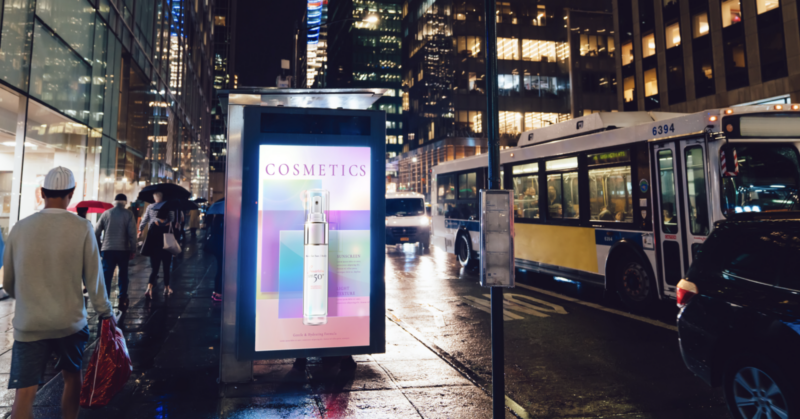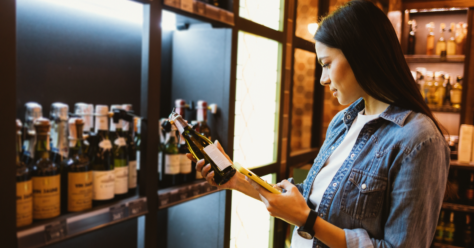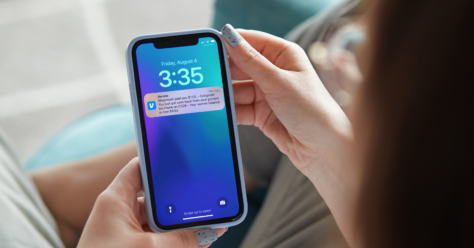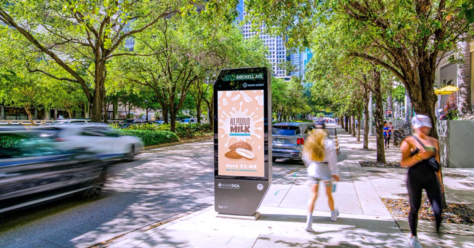What is Digital Out-of-Home Advertising?
Advertising has always transformed to keep up with the evolving lifestyles and purchasing behaviors of consumers. From newspaper ads to TV commercials to influencer marketing, marketers have continuously adapted to technological advancements. Today, as consumer purchase journeys become less linear and more complex, it’s critical to reach consumers at multiple touchpoints through an omnichannel strategy. Digital out-of-home (DOOH), the evolution of traditional out-of-home advertising, enables advertisers to connect with consumers seamlessly throughout their daily lives.
Keep reading to learn more about what DOOH is, how programmatic DOOH works, how DOOH is measured and successful campaigns that leveraged the channel.
What is DOOH?
DOOH is a form of advertising that uses digital displays to reach consumers when they are outside of their homes and in public places. This channel takes an audience-based approach and uses screen-level indexing to identify the right inventory to engage target consumers when purchase intent is high. Through this channel, advertisers can serve ads on inventory like digital billboards and screens at airports, gyms and gas stations. Quotient offers advertisers and agencies end-to-end access to more than 500,000 screens with over 20 billion weekly impressions at these everyday touchpoints.
DOOH is an evolution of traditional out-of-home (OOH) advertising, which uses billboards and other static displays. Both DOOH and OOH can be effective and can even work together, but there are some key differences between the two.
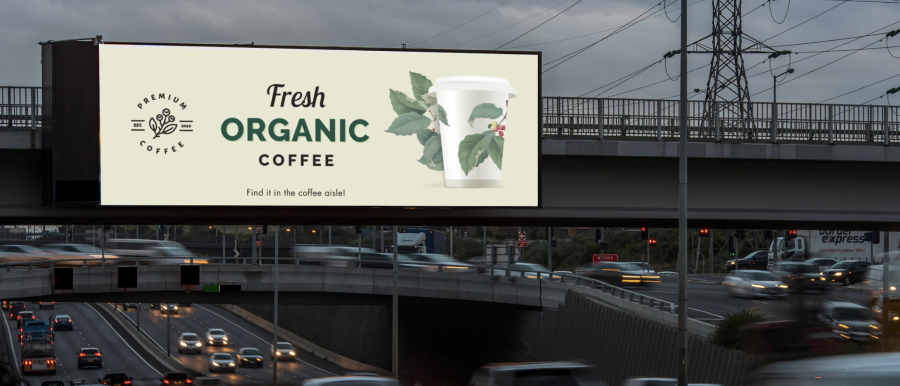
DOOH vs. OOH: What's the Difference?
Some of the differences between DOOH and traditional OOH advertising include:
- Measurement: DOOH is more measurable than OOH. When consumers are near or interact with a digital billboard, mobile location data and loyalty card data can be used to track consumers and attribute sales. Quotient’s DOOH platform also enables advertisers to measure incremental return on ad spend (iROAS), giving them deep insights into how campaigns impacted revenue.
- Targeting: DOOH is more targeted than traditional OOH advertising. With DOOH, brands can run ads at times and places where the target audience is most likely to see it.
- Relevancy: Physical OOH ads can’t be updated as quickly or easily as DOOH, which advertisers can change remotely and automatically.
- Logistics: DOOH advertising requires electrical outlets and internet access, so there are some locations where traditional OOH is used.
What is Programmatic DOOH?
Programmatic refers to automated buying and activation of DOOH inventory. Quotient’s programmatic approach to DOOH uses location intelligence and exclusive data to programmatically deliver the right messages at the right time and place for the target audience—think rental car ads on digital posters in an airport or protein bar ads on gym screens during peak hours. Through programmatic DOOH, serving dynamic content and optimizing the campaign can be achieved in near real time.
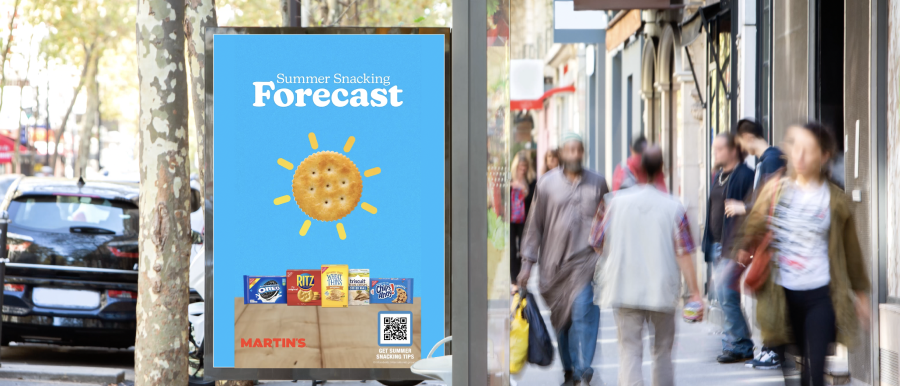
Quotient’s recent campaign with Mondelēz International highlights the power of programmatic DOOH. With the summer season being a key sales period for snack brands, Mondelēz wanted to drive awareness and sales of its snacking brands and increase both household penetration and purchase frequency. To do this, the campaign team decided to focus on promoting Mondelēz snack products by sharing unique recipes paired with summer activity ideas for different weather conditions.
The campaign leveraged programmatic DOOH in tandem with social media and mobile display as part of a holistic, omnichannel strategy. Social influencers created content which was then amplified with paid media and featured on DOOH screens. The innovative factor of this campaign was that the creative responded programmatically to weather triggers for sunny and rainy conditions, ensuring that the audience always saw the most relevant messages.
Mondelēz also used Quotient’s geofencing capabilities to activate screens within a five-mile radius of key retail locations—the campaign’s creative was only shown when target audiences were physically nearby. This programmatic DOOH strategy made it possible for Mondelēz to deliver a sophisticated, hyper-targeted campaign at scale.
How to Measure DOOH Performance
Measurement is an advantage of DOOH advertising. Quotient’s media measurement solution, Quotient Analytics, empowers advertisers to gain visibility into the impact of DOOH alongside other media touchpoints in omnichannel campaigns.
Through the platform, advertisers can understand how DOOH contributes to attributable sales and return on ad spend (ROAS) through on-demand reporting. This valuable data helps advertisers gain a deep understanding of campaign performance so they can optimize future campaigns.
Are you ready to add DOOH to your brand’s omnichannel strategy? Contact us today at hello@quotient.com to get started.
